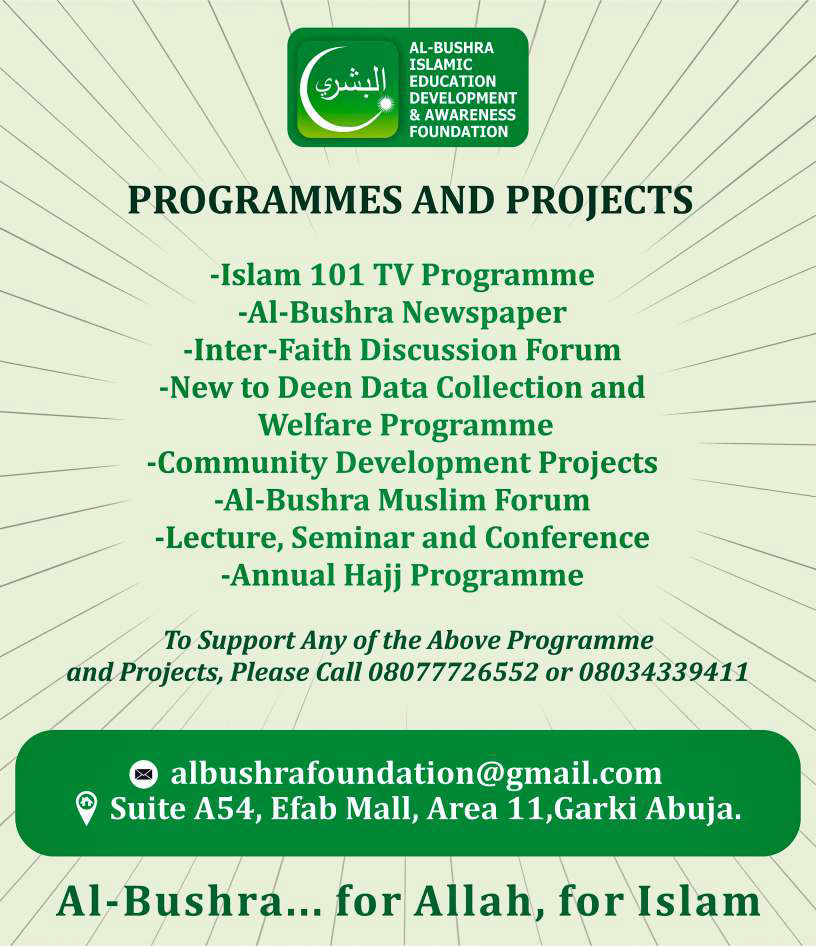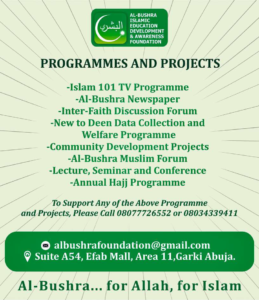
From Peter Aware Azi, Jos
In September 2000, Nigeria, including leaders of 189 countries gathered at the United Nations headquarters and signed the historic Millennium Declaration in which they committed to achieving a set of eight measurable goals that ranged from halving extreme poverty and hunger to promoting gender equality and reducing child mortality, by the targeted date of 2015.
No doubt, a reasonable degree of the goals were met while some are yet to be met largely in some Asian and African countries. Gladly, Nigeria was among African countries that did creditably well at the close of the UN targeted deadline for the lofty Millennium Development Goals.
As a whole, Nigeria was able to achieve MDGs goals one, reducing the number of people that suffer from extreme hunger by half, goals three, and then goals six, which is the HIV prevalence of the country.
It is, however, instructive to note that one of the main outcomes of the Rio+20 Conference was the agreement by member states to launch a process to develop a set of Sustainable Development Goals (SDGs), which will build upon the Millennium Development Goals and converge with the post 2015 development.
It was decided to establish an inclusive and transparent intergovernmental process open to all stakeholders, with a view to developing global sustainable development goals.
In Plateau State, Nigeria, it is evidently clear that Millennium Development Goals is not only maintained but it is also sustained. Recently, the Plateau State Coordinator of MDGs, Honourable Samuel Damla, reeled out the achievements of the Office of the MDGs in the state especially as it affects the average people of the state with special attention to the rural areas of the state in which the programme was originally designed for.
Speaking with newsmen in Jos, Damla expressed his satisfaction with the quality of work so far executed by the contractors, saying that the work was done according to specification and its completion was equally timely.
According to him, “we have so far constructed about 36 classrooms, 20 primary healthcare clinics from January to June and we have also constructed 9 VIP toilets and the 17 bore holes within the six months.”
Damla noted that the projects which cost over N1.3billion with the contribution from the state and local governments to the tune of 30 and 20 percent respectively while the Federal Government contributed 50 percent.
“The projects you have seen so far are 2014 local governments tract they were supposed to have done since 2014. All projects were structured in a way that they usually pick six local governments per project. This 2014 projects captured Jos North, Barkin Ladi, Mangu, Kanke, Shandam Wase local Government areas,’’ he said.
“ In the case of primary schools, they were not only constructed but also provided with learning materials like desks, Text books, Exercise Books, Chalks and other instructional materials and you saw them on ground. If it is clinic, we did not only construct empty clinic, we equally provide them with medical equipment, drugs and in some cases in the rural areas, we employ village health workers that will man those clinics,’’ he added.
On the sustainability of the programme, Damala said his office only constructs and it hands it over to the local government or state.
The MDGs boss with his team visited the local governments that benefitted from the project on inspection tour .
The communities that benefitted from the projects included Kurumlazai, LEA, Naburuk, Padama, Shargang, Kwapjuur and Duggoeshing, all in Shendam local government area.
Those that benefited from Primary Healthcare Clinic are Rijiyan Giwa, Ha’ambang, Kurumlazai, Jos North Local Government area includes Landere three classrooms, one office and store, two classrooms an office and store at LEA Itsitsa (Nukpis), two classrooms, one office and store at LEA Gwong, Dong and Gangare respectively.
Other projects benefited by Jos North local government includes the construction of Primary Healthcare centres at Ahwol, Kabong and Rikkos, procurement and distribution of essential equipments and Reagentsto PHC in Jos North, sinking of one Hand pump borehole at Rigiza Targon in Maza community, Jenta mangoro and Chwalyap Bato, sinking of one hand pump borehole at Dong, Gamajigo and Angwan Suya, sinking of one pump borehole at Bauchi Ring Road opposite Jagab filling station, construction of VIP toilets centres at Farin Gada, VIP toilet at LEA primary school Jenta, VIP toilet centre at Gwong, procurement and distribution of essential equipment and Reagentsto PHC in Jos north.
Projects executed in Kanke include the construction of Block of 2 classroom of LEA Goktok, Lumpye, Gunji, Seri, Rankim, Lepgol, Kurum amper, construction of Clinic at Tipik, Gochom, Belbuh, Drilling of hand pump borehole at PHC Tipik, Gyangyang, Myet Bakin Kogi,
The following projects were executed in Mangu local government area: Construction of block of two classrooms of LEA Mwar, Jipal, Changal, Mangun, Dukli, Khondigohor and procurement of ACT malaria treatment for 16 health facilities, construction of PHC at Ampang West, Khongkong, Kantoma, Panyam, as well as Drilling and installation of Hand Pump borehole at GSS Bwalbwang.
Barkin Ladi Local Government benefitted from the following projects: Construction of 3 classrooms, store, office at LEA Primary School at Marit, Kurra Berom, Kuba, Zabot, Bantom, Heipang, Gassa, Zakupang, Construction of PHC at Tusung, Manjahota, sinking of one hand pump at Ribet, Wazang community in Takwok Gwol (Low cost), Foron mission, Kamang, NTV, Katako B/Ladi, Takum Kapwis, construction of VIP toilet at Foron tomatoes market, LEA primary school Zabot while essential hospital equipment were also donated to the locality.
Wase, Construction of 3 classrooms, office, store at LEA primary school Ungwan Danbiram, Ungwan Mallam Adama, Damna, while Kampani Zurak, Kadarko, and Mavo got two class rooms each, construction of one primary health care clinic at Dogon Ruwa, Gyambar, Lamba, construction compartments VIP toilets staff Primary school Wase as well as PHC clinic Wase.
The residents of the communities thronged out in larger numbers to welcome the MDGs coordinator and his team. To all intents and purposes, it appears that life is now good with the people on the Plateau, particularly the rural dwellers who are the actual target of the programme.







